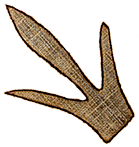 MENU
MENU
 MENU
MENU
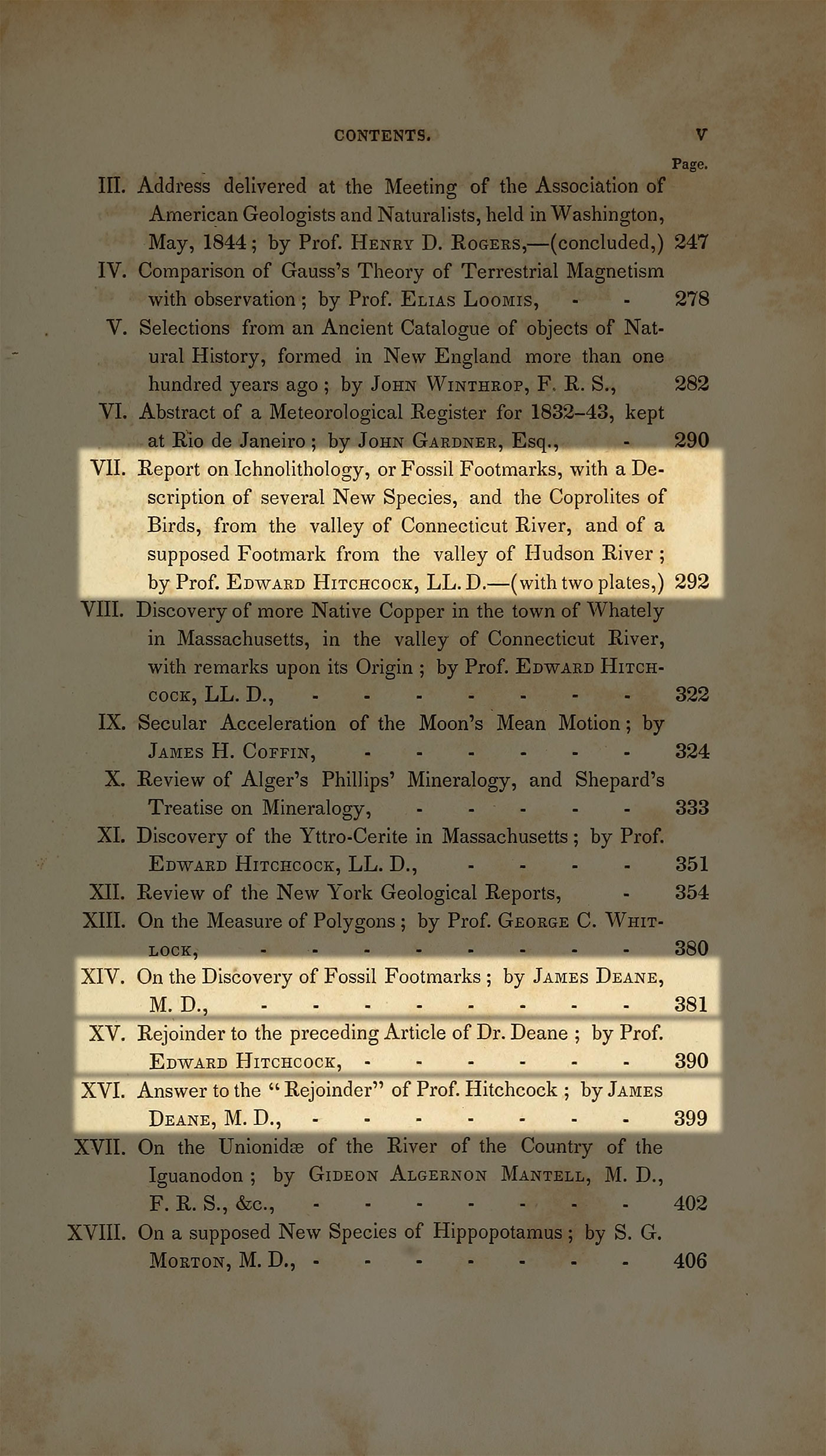
Table of Contents from Volume 47 of the American Journal of Science reveals the back-and-forth articles by Deane and Hitchcock. Image courtesy of American Journal of Science.
The argument played out in the October 1844 issue of the American Journal of Science. Deane's "On the Discovery of the Fossil Footmarks" was followed by Hitchcock's "Rejoinder to the Preceding Article by Dr. Deane," followed by Deane's "Answer to the 'Rejoinder' by Professor Hitchcock." Deane did not get the last word, however. Hitchcock managed to smuggle his argument into an article about new fossil footprints and "the coprolites of birds" in the same issue, in which he gave a history of the discovery of fossil footmarks in Europe and America and included early correspondence with Deane that Silliman had passed along. The three articles took up 18 pages, and with a further 9 pages on the topic in the coprolite article, Hitchcock certainly had his say.
While differences between amateurs and professionals seem clear to us today, it was not so cut and dried to the readers of the American Journal of Science. There was no college degree in geology yet and only a handful of men worked full time as scientists at all, and only a few of them as geologists. Silliman often printed letters and articles by men who were self-educated in the sciences. Some, like James Deane, were physicians who had scientific training, even if not in the field they were writing about.
In the exchange, Deane expressed his disappointment over the first article on the tracks in January of 1836, the one Hitchcock had asked Silliman to award to him and in which he had pledged that he would give Deane due credit. Hitchcock brusquely replied that many men just as intelligent as Deane had approached him about fossil footprints. It was one thing to note an observation, he said, but quite another entirely to use evidence that supports a hypothesis about their origins.
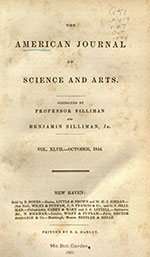 "Rejoinder to the preceding Article of Dr. Deane", American Journal of Science, October 1844
"Rejoinder to the preceding Article of Dr. Deane", American Journal of Science, October 1844
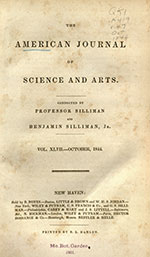 "On the Discovery of Fossil Footmarks", James Deane, American Journal of Science, October 1844
"On the Discovery of Fossil Footmarks", James Deane, American Journal of Science, October 1844
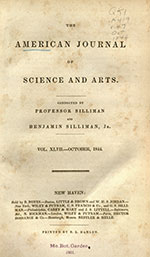 "Answer to the 'Rejoinder' of Prof. Hitchcock, James Deane, American Journal of Science, October 1844
"Answer to the 'Rejoinder' of Prof. Hitchcock, James Deane, American Journal of Science, October 1844
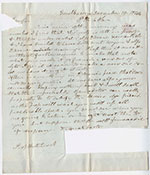 Benjamin Silliman's Letter to Edward Hitchcock, Afternoon of December 19, 1844
Benjamin Silliman's Letter to Edward Hitchcock, Afternoon of December 19, 1844
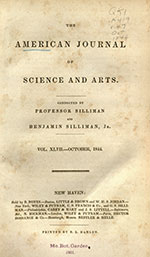 "Report on Ichnolithology, or Fossil Footmarks...", American Journal of Science, October 1844
"Report on Ichnolithology, or Fossil Footmarks...", American Journal of Science, October 1844